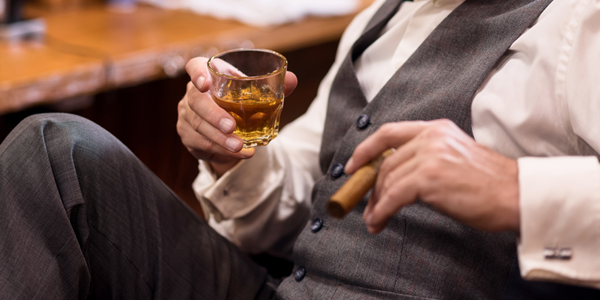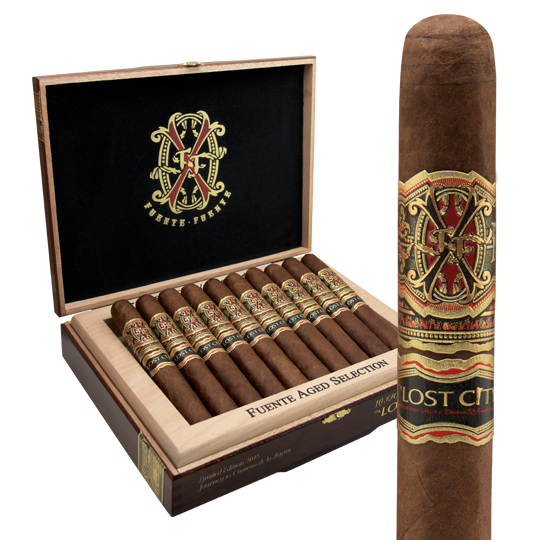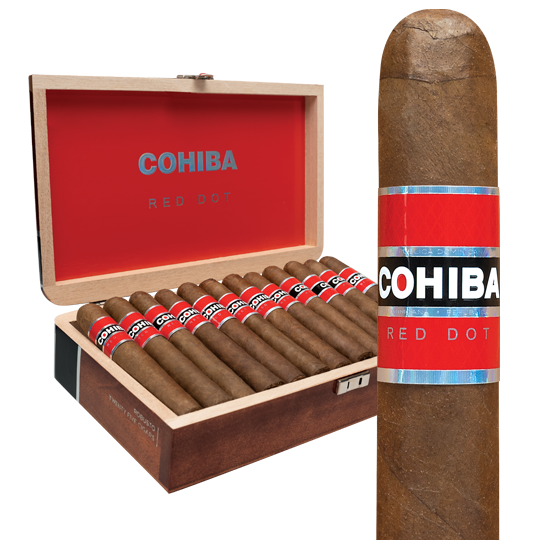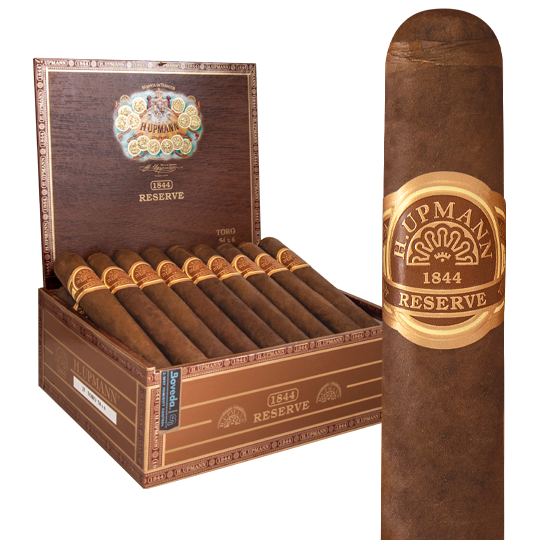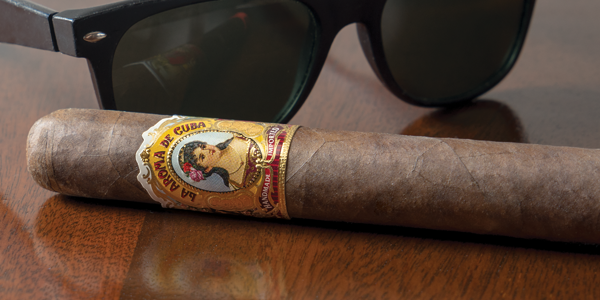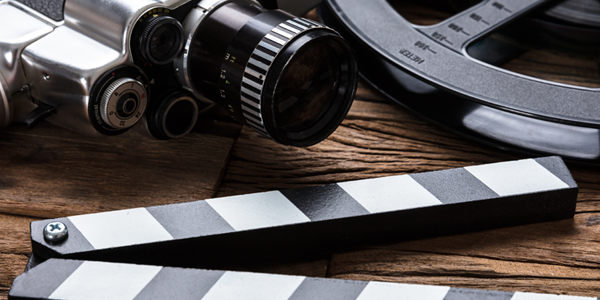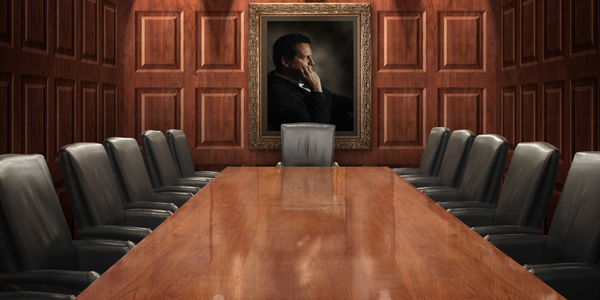Cigars as a Status Symbol
Back in the 10th century, when a very rudimentary cigar was formed with a leaf wrapped fairly loosely around other leaves by indigenous peoples in what came to be the Americas, tobacco was seen to have religious and medicinal properties. As tobacco made its way back to the civilized world, and especially in the 19th century, it became an object of desire and it became a little bit expensive. Cigars became a status symbol. They began to be associated with the wealthy (mostly) European men who smoked them. Because Spain had colonized Cuba, the Spanish pretty much controlled the production of the world’s best cigars at the time, in the mid-1800s. They were sold throughout the Old World.
Cigars Go Public
During the reign of Queen Victoria of England, from 1837 to 1901, cigar smoking was limited to homes and private clubs. Upon her death, and with the ascension of King Edward VII to the throne, the ban on public smoking was reversed. The king is famously quoted as having said, “Gentlemen, you may smoke!” And a cigar brand was born. King Edward the Seventh cigars became an iconic brand in the 1940s and is still made today as a short-filler cigar.
So, as the courtiers began puffing in public, cigars became associated with them, setting a standard of what was prestigious. Throughout history, cigars have been associated with important, sometimes unpleasant, people. That association elevated the cigar above all other tobacco products as a symbol of status.
Illustrious Cigar Lovers
Sigmund Freud smoked cigars and said that sometimes the cigar was just a cigar. Freud said that cigars “served me for precisely fifty years as protection and a weapon in the combat of life...I owe to the cigar a great intensification of my capacity to work and a facilitation of my self-control." Clearly Freud saw a connection between cigars, patrician authority, and success. Who are we to argue? Mark Twain probably smoked more – 22 cigars a day – than Freud and certainly gave cigars a certain prestige. “I smoke in moderation,” he said, “Only one cigar at a time.”
Hey, don’t forget Thomas Edison or Babe Ruth or General George S. Patton. Famous cigar smokers lent status to the cigar.
Maybe the most famous person to have boosted the cigar as a status symbol was Winston Churchill, the prime minister of the United Kingdom during World War II. Churchill’s success made him a hero, to the point that a cigar shape was named after him.
The Good, The Bad, and Their Cigars
The next great lift cigars got came from Cuba itself. As a revolutionary, Fidel Castro and many of his troops – including Che Guevara – smoked cigars while roaming the Sierra Maestra mountains in their battle against President Fulgencio Batista. When Castro was interviewed and photographed, he would always have a cigar with him, puffing occasionally while being asked questions. The romantic notion of a guerrilla leader was transferred to the cigar and enhanced the status in a different way. Then, upon seizing power and ruling Cuba, Castro became the trendsetter for cigar smokers. Whatever Fidel smoked would become the most sought after cigar in the world. That’s how Cohiba became what it is today.
Cuban cigars were, in the early 1960s, the best cigars in the world. Even President John F. Kennedy thought so. He would not often be seen smoking, but it was no great secret and this further enhanced cigars as a status symbol. Just before signing the order for the Cuban embargo, Kennedy has his press secretary, Pierre Salinger, go out and buy all the H. Upmann Demi Tasse (Petit Upmann) he could find in cigar shops in Washington, DC. Salinger found about 1,200. The next morning, Kennedy signed the embargo order.
Entertainers have always lent status to cigars. Milton Berle, Groucho Marx, WC Fields, and George Burns did back in the day. Today, Arnold Schwarzenegger, Andy Garcia, Joe Mantegna, Sylvester Stallone, Bill Cosby, Jack Nicholson and others have been among more recent stars who smoked cigars. Not all cigar smokers have had a stellar reputation, but that has not prevented them from contributing to making cigars into a status symbol. Al Capone is probably the best example of bad guys who smoked cigars. Women too have helped. Demi Moore graced the cover of Cigar Aficionado. Penelope Cruz, Shakira, and Rihanna have all enjoyed cigars.
There is no doubt that cigars have traditionally been regarded as celebratory, though often reserved for special occasions. Like weddings. So, when someone smokes cigars regularly, then that person must have the means to afford this symbol of success. That means they are successful. Cigars in the corporate world have been a fixture for a long time. Remember Michael Douglas as Gordon Gekko in the movie Wall Street? He favored Cuban Cohibas. From Ron Perelman to Lee Iacocca to Ace Greenberg, titans of business have enjoyed their cigars.
Star Cigar-Makers
Today, cigar-makers are stars and Cuban cigars no longer stand as the world’s best. Carlito Fuente elevated the non-Cuban cigar when his company, A. Fuente & Co., created the first Dominican puro, Fuente Fuente Opus X. Rocky Patel, always dressed fashionably, has created huge buzz in the cigar world. Jorge Padrón, Robert Levin, AJ Fernandez, Ernesto Perez-Carrilo and Litto Gomez all draw big crowds at cigar events. The status cigars have gained communicates distinction.
When the cigar boom came along, cigars were already a status symbol. Now, the makers of those cigars became stars and they themselves further elevated the status of cigars. So, as the man said, “Gentlemen, you may smoke!”

